jamiebonline
TPF Noob!
- Joined
- Aug 14, 2013
- Messages
- 122
- Reaction score
- 21
- Location
- Ireland
- Can others edit my Photos
- Photos OK to edit
Hi everyone,
I have recently read some articles about achieving a cinematic look with a lens and I would be interested in your thoughts. I am particularly interested in the use of 28 and 35 mm lenses and how they do on crop bodies. Recently I bought a 19mm and put it on a crop body. This gives an equivalent fov of 28.5, I believe. Now I was thinking, obviously wrongly, that I would get images similar to 28mm on a full frame camera but it seems I am not. The reason I think I am not, is because when I compare the images I took on my 19 with the 28mm as used by Spielberg, for example, the distortion in my pictures is so much more. Essentially rendering them useless for even half body shots of subjects and vertical lines on the edges are not anywhere near straight.
Staying with field of view, what do you think is a cinematic look on a crop body camera? Considering the 28 and 35 formats that seem to be referred to most often.
(I hope this doesn't start another argument about the fact that cropping doesn't changing the focal lengths of lenses I know it doesn't physically change the focal length of a lens to put it on a crop body but it does change the fov and there is hardly anything more important than that, no?)
I know it doesn't physically change the focal length of a lens to put it on a crop body but it does change the fov and there is hardly anything more important than that, no?)
J
I have recently read some articles about achieving a cinematic look with a lens and I would be interested in your thoughts. I am particularly interested in the use of 28 and 35 mm lenses and how they do on crop bodies. Recently I bought a 19mm and put it on a crop body. This gives an equivalent fov of 28.5, I believe. Now I was thinking, obviously wrongly, that I would get images similar to 28mm on a full frame camera but it seems I am not. The reason I think I am not, is because when I compare the images I took on my 19 with the 28mm as used by Spielberg, for example, the distortion in my pictures is so much more. Essentially rendering them useless for even half body shots of subjects and vertical lines on the edges are not anywhere near straight.
Staying with field of view, what do you think is a cinematic look on a crop body camera? Considering the 28 and 35 formats that seem to be referred to most often.
(I hope this doesn't start another argument about the fact that cropping doesn't changing the focal lengths of lenses
J


![[No title]](/data/xfmg/thumbnail/32/32805-61ca9a4fb87d37c0ef4f991ac1705e1f.jpg?1619735667)
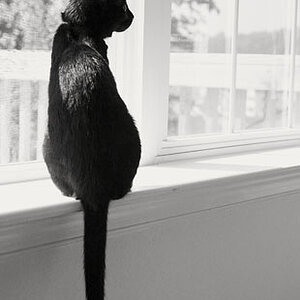
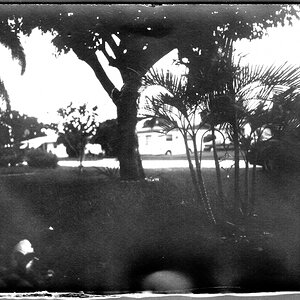

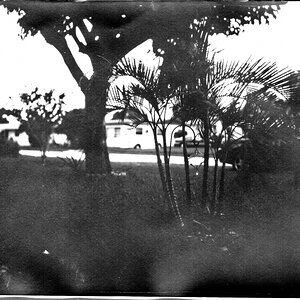


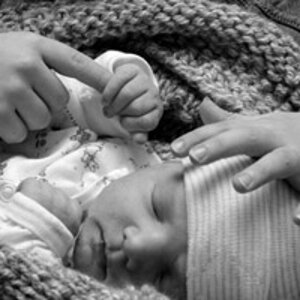
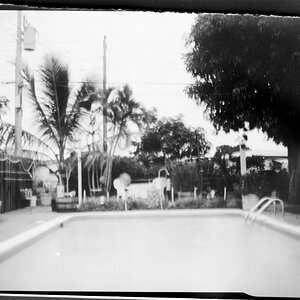
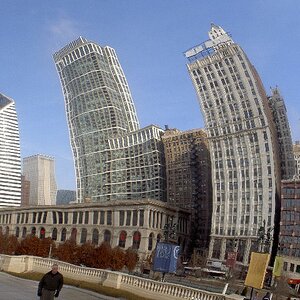
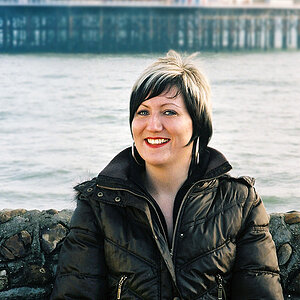
![[No title]](/data/xfmg/thumbnail/39/39293-55a527d2a9b287bf5e5b6d118abab22c.jpg?1619738958)